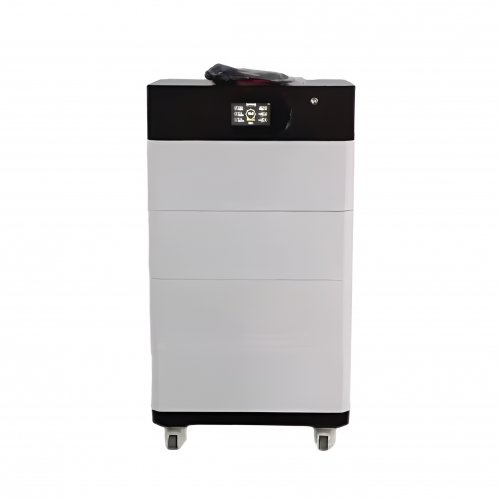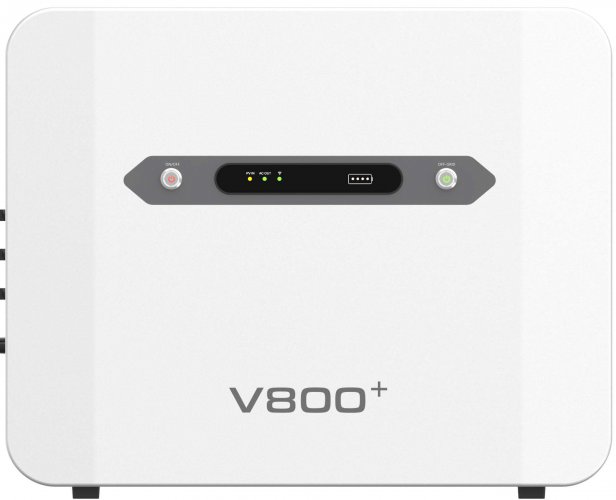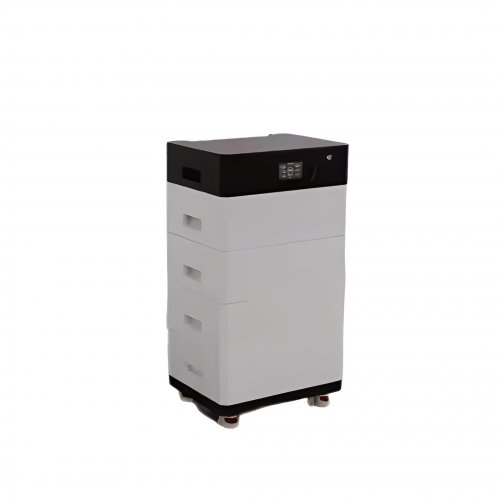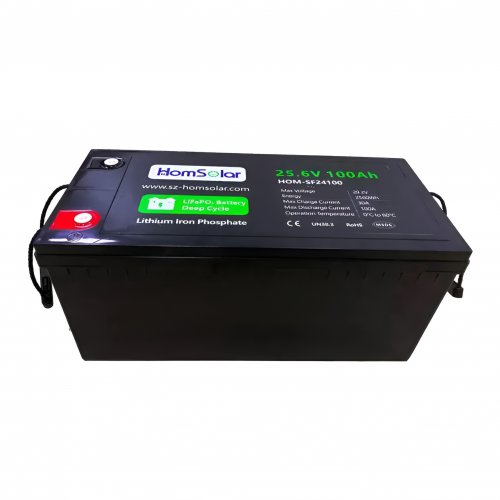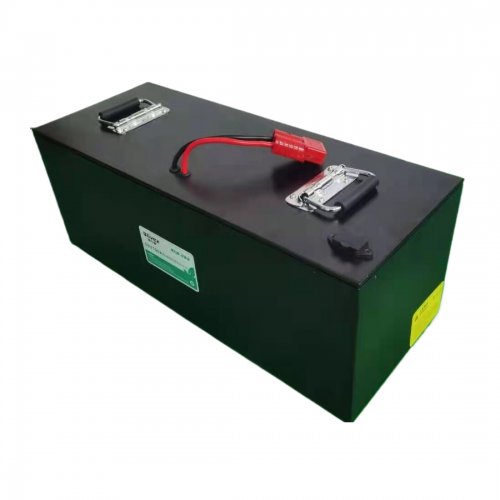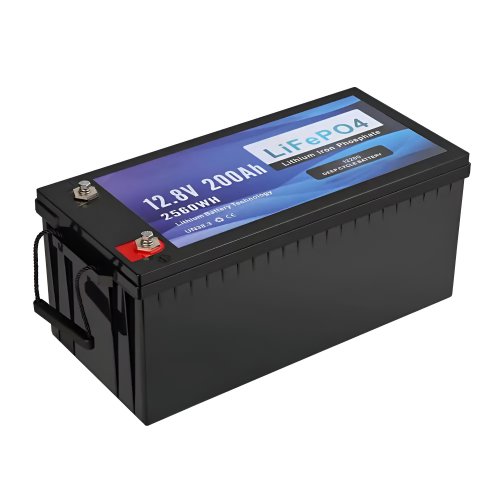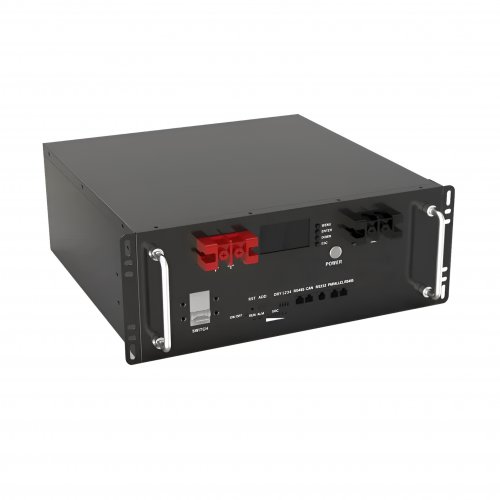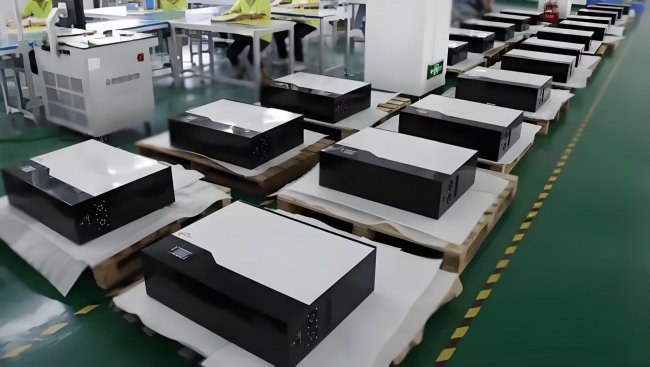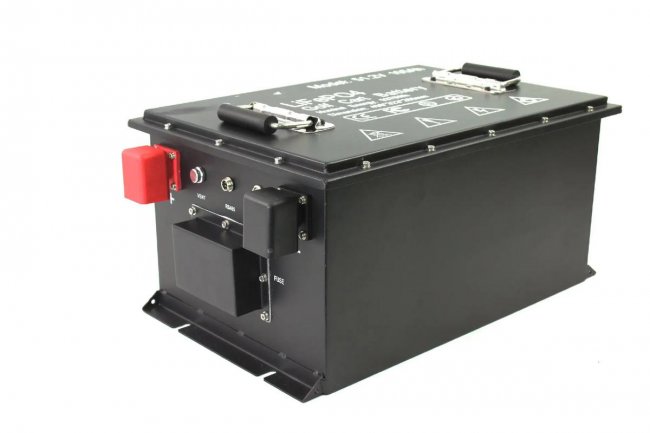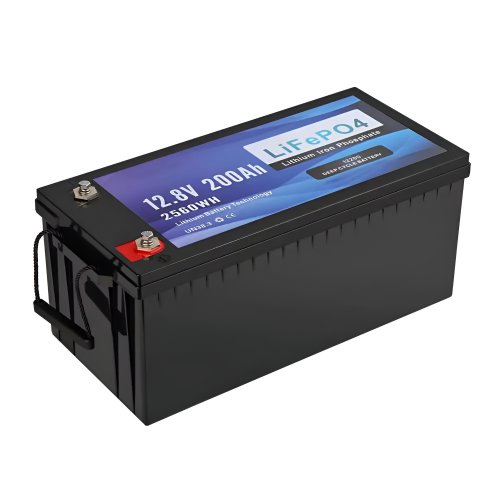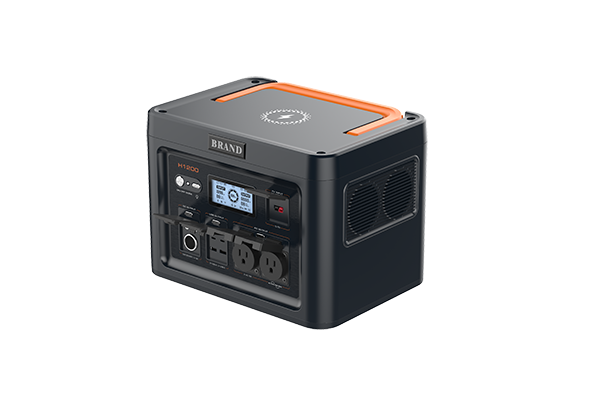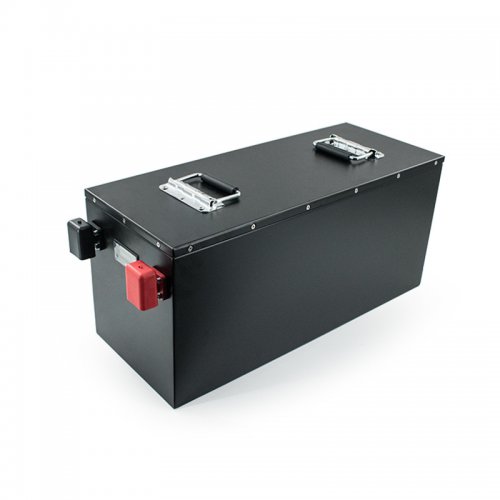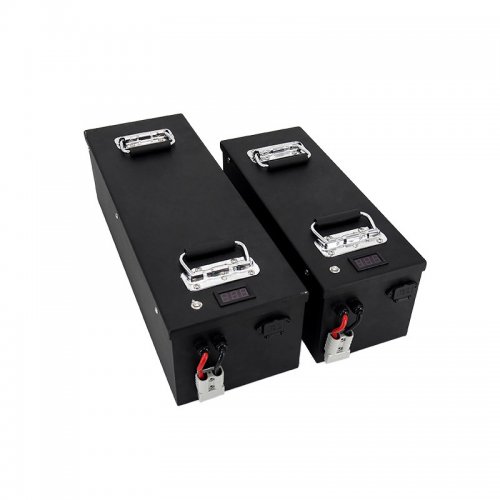Standalone liquid air energy storage system for power, heating, cooling supply
Researchers at Dongguk University in South Korea have designed a standalone liquid air energy storage (LAES) system that reportedly demonstrates significant improvements in both energy efficiency and economic performance compared to conventional LAES.
“LAES systems have attracted considerable interest in the energy storage sector due to their high energy density and geographic independence,” the research's lead author, Jinwoo Park, told pv magazine. “However, a major limitation of these systems is their relatively low round-trip efficiency compared to other energy storage systems, such as pumped hydropower storage (PHS) and compressed air energy storage (CAES).”
According to Park, although previous studies have explored improving the round-trip efficiency of LAES systems by integrating external thermal systems or using external fuels, several critical challenges persist.
“Firstly, the integration of the LAES system with external thermal systems requires adjacent thermal power plants or industrial facilities,” he added. “This requirement limits the inherent advantage of LAES systems, which is their capability for independent installation and operation. Secondly, integration with high-temperature and cryogenic heat systems, which is essential for maximizing the efficiency of LAES systems, can restrict the ability to repurpose heat for other applications, as these systems often rely on waste heat to enhance their efficiency. Finally, the use of external fuels is associated with CO2 emissions even though it can enhance the efficiency of LAES systems. Many studies overlook these associated emissions, which can lead to environmental issues and pose a significant barrier to developing sustainable energy systems.”
In the paper “Liquid air energy storage system with oxy-fuel combustion for clean energy supply: Comprehensive energy solutions for power, heating, cooling, and carbon capture,” published in Applied Energy, Park and his colleagues explained that the proposed system enhances efficiency by increasing power output through the generation of thermal energy using natural gas as the external fuel during energy release. The oxy-fuel combustion method is employed to generate thermal energy and a cryogenic air separation unit (ASU) separates a part of the stored liquid air into nitrogen and oxygen. The separated oxygen is then used as an oxidizing agent in the combustion reaction. Additionally, economic benefits can be obtained by selling the produced nitrogen as a by-product.
“The flue gas generated from the oxy-fuel combustion process is dehumidified to facilitate the efficient capture of CO2,” Park said. “Furthermore, the heat generated during the air compression process is stored in a thermal fluid and subsequently utilized for direct heating and cooling through the absorption refrigeration cycle (ARC).”
The research group conducted an energy and economic analysis of the system and compared its performance with that of a conventional LAES system, with both systems being designed with a capacity to store 100 MW of power. During discharge mode, the conventional system was found to generate 51.41 MW, whereas the proposed system can produce 118.19 MW, which represents a 129.9% improvement over the conventional system. Additionally, the proposed system can supply 38.64 MW for heating and 81.07 MW for cooling. Although the exergy efficiency of the proposed system is 1.32% lower than that of the conventional system, this decrease is reportedly offset by a significant improvement in its round-trip efficiency, which is 56.7% higher.
“The overall performance of the proposed system is superior, primarily because of its increased power output and improved round-trip efficiency,” Park stated. “These improvements highlight that the proposed system has the potential for more efficient energy storage and utilization, making it a promising solution for future energy requirements.”
The research team also found that the total cost of the conventional system is $553.65 million, while the total energy sales are $245.08 million, resulting in a negative cost balance. Additionally, the net present value (NPV) is negative at $258.34 million, indicating that the system is not economically viable. This is primarily due to the low efficiency of the system, according to the scientists, which said it causes the operating costs to exceed sales because of insufficient power output relative to consumption. In contrast, the proposed system has a total cost of $832.20 million and total sales of $1,708.38 million, resulting in a positive cost balance.
Customized/OEM/ODM Service
HomSolar Supports Lifepo4 battery pack customization/OEM/ODM service, welcome to contact us and tell us your needs.


HomSolar: Your One-stop LiFePO4 Battery Pack & ESS Solution Manufacturer
Our line of LiFePO4 (LFP) batteries offer a solution to demanding applications that require a lighter weight, longer life, and higher capacity battery. Features include advanced battery management systems (BMS), Bluetooth® communication and active intelligent monitoring.

Customised Lithium Iron Phosphate Battery Casing
ABS plastic housing, aluminium housing, stainless steel housing and iron housing are available, and can also be designed and customised according to your needs.

HomSolar Smart BMS
Intelligent Battery Management System for HomSolar Energy Storage System. Bluetooth, temperature sensor, LCD display, CAN interface, UART interface also available.


Terminals & Plugs Can Be Customized
A wide range of terminals and plugs can be customised to suit the application needs of your battery products.

Well-designed Solutions for Energy Storage Systems
We will design the perfect energy storage system solution according to your needs, so that you can easily solve the specific industry applications of battery products.



About Our Battery Cells
Our energy storage system products use brand new grade A LiFePO4 cells with a battery lifespan of more than 4,000 charge/discharge cycles.



Applications in Different Industries
We supply customized & OEM battery pack, assemble cells with wiring, fuse and plastic cover, all the cell wires connected to PCB plug or built BMS.
Applications: E-bike, Electric Scooter, Golf Carts, RV, Electric Wheelchair, Electric Tools, Robot Cleaner, Robot Sweeper, Solar Energy Storage System, Emergency Light, Solar Power Light, Medical Equipment, UPS Backup Power Supply.
We can provide you with customized services. We have the ability to provide a vertical supply chain, from single cells to pack/module and to a complete power solution with BMS, etc.


HomSolar (Shenzhen) Technology Co., Ltd







